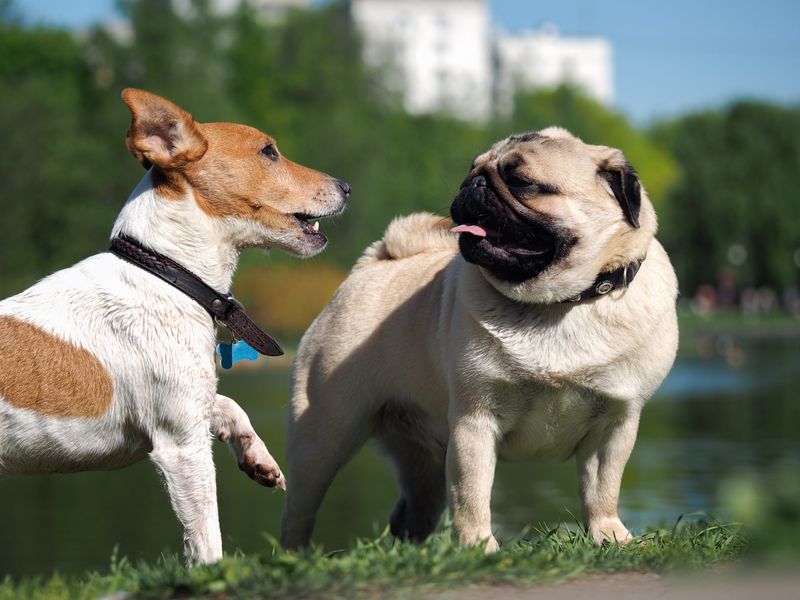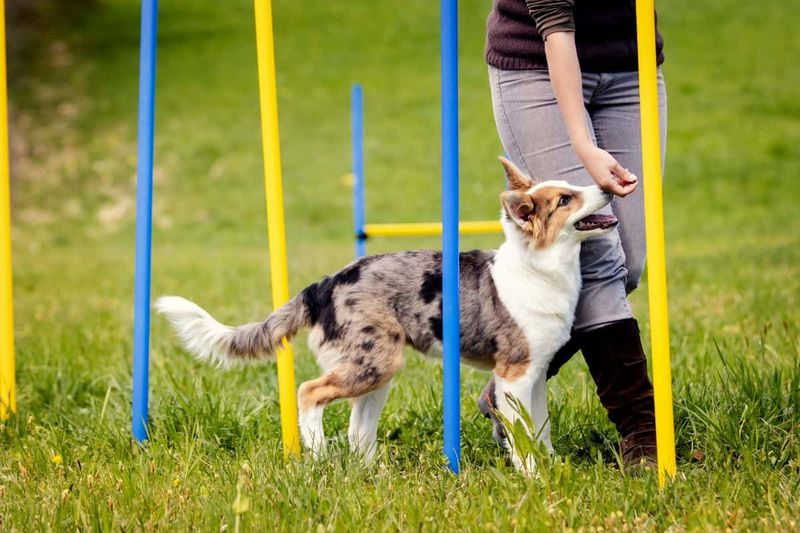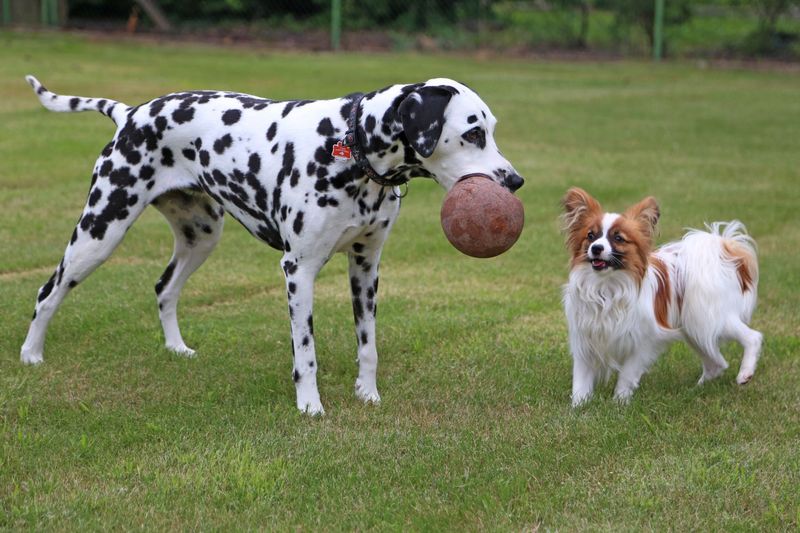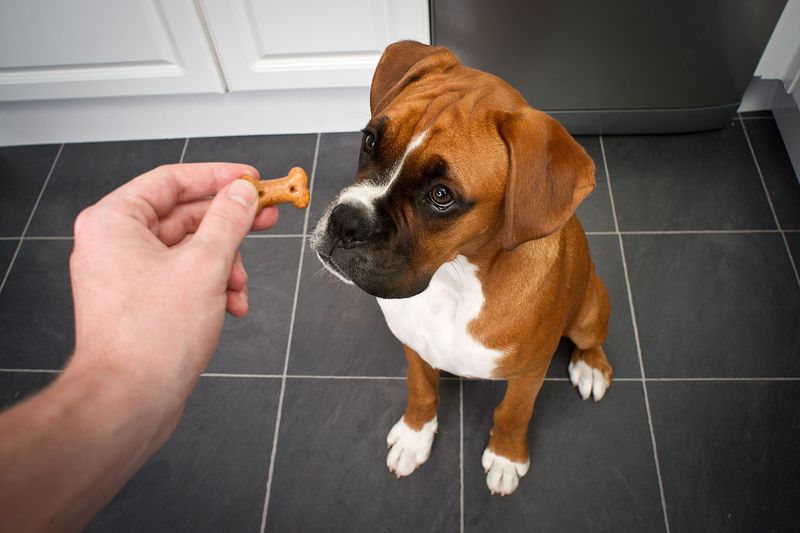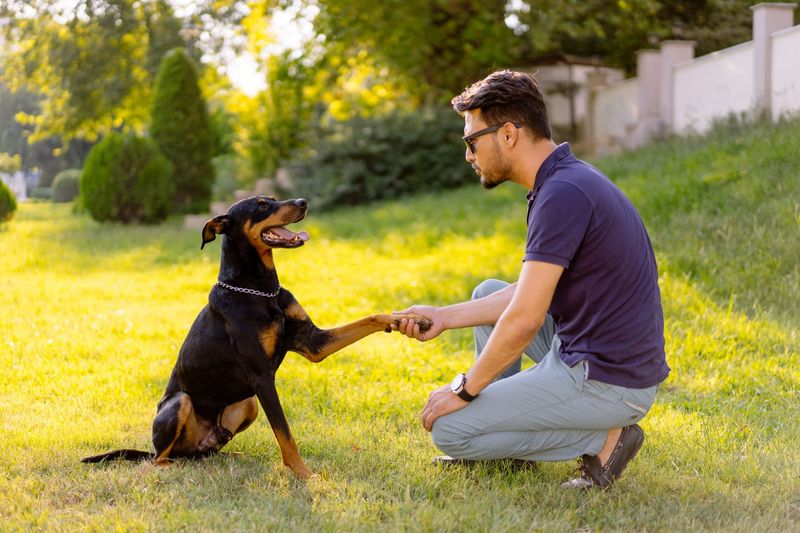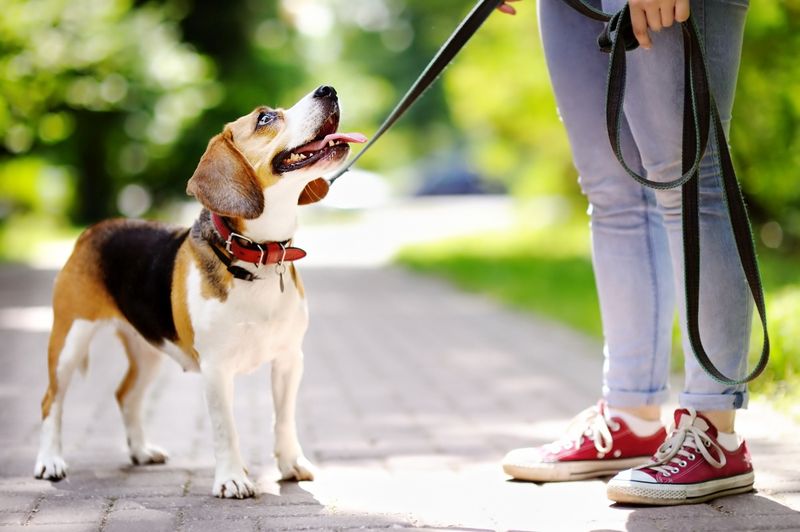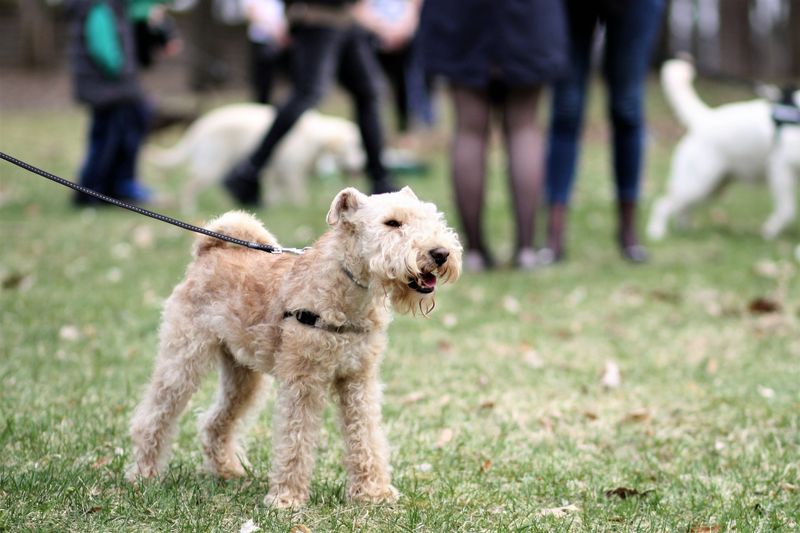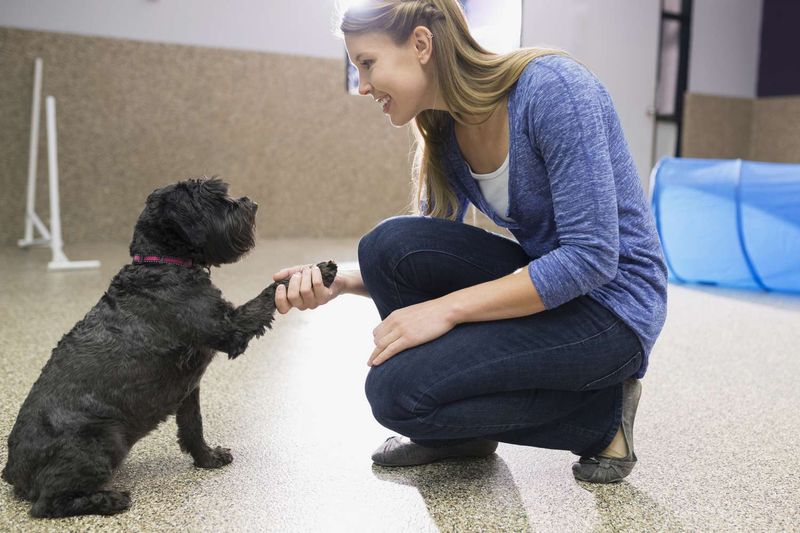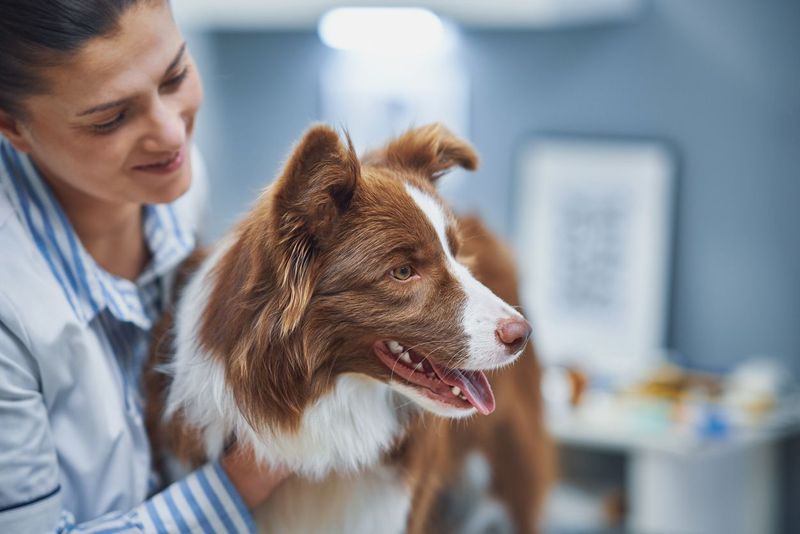📖 Table of Content:
Dog fighting can be a stressful and dangerous behavior, but with the right approach, it is possible to manage and prevent such incidents. Understanding your dog’s triggers and teaching them proper socialization skills are essential steps toward maintaining peace. Patience, consistency, and proactive training can go a long way in curbing aggression and fostering harmony.
Identifying the causes of your dog’s fighting, such as fear, territorial instincts, or overstimulation, is key to addressing the issue. Using techniques like desensitization, positive reinforcement, and controlled introductions to other dogs can help them build confidence and reduce reactive behaviors. Additionally, ensuring your dog gets adequate exercise and mental stimulation can prevent frustration that may lead to aggression.
By implementing these 9 proven strategies, you can help your dog develop better social habits and reduce the likelihood of conflict. Consistent training, clear boundaries, and seeking professional assistance when needed ensure your pet feels secure and confident around other dogs. Harmony begins with understanding and effective management.
1. Understand the Triggers
To prevent dog fights, understanding what triggers aggressive behavior in your pet is essential. Observe your dog’s reactions when around other dogs. Are there specific breeds, sizes, or behaviors that provoke anxiety? Recognizing these triggers allows you to take preventive action.
This might involve avoiding certain environments or providing comfort during stressful situations. Additionally, keeping a journal of these observations can help in identifying patterns.
Over time, you’ll become adept at predicting and mitigating potential conflicts, fostering a more peaceful experience for both your dog and those around it.
2. Provide Adequate Training
Training is fundamental in curbing aggressive behavior in dogs. Enroll your dog in obedience classes where they’ll learn essential commands. This structure provides them with a sense of security and control.
Professional trainers can offer insights into behavior modification techniques, tailored to your dog’s needs. Training should be consistent and ongoing, reinforcing positive behavior over time.
Remember, training is not just about commands but also about building a trusting relationship. This bond of trust can significantly reduce incidents of aggression.
3. Socialize Your Dog Early
Socialization is key in preventing dog fights. Introduce your dog to different environments and other dogs early in their life. Exposure to various situations helps them become more adaptable and less prone to aggression.
Take your puppy to dog-friendly parks, allowing them to play under supervision. This experience teaches them proper dog etiquette and communication.
Remember, the goal is to create positive associations with other dogs, reducing fear and aggression. Early socialization lays the foundation for a well-adjusted, friendly adult dog.
4. Use Positive Reinforcement
Rewarding calm and friendly behavior with treats, praise, or play is an effective way to reduce aggressive tendencies in dogs. Such positive reinforcement helps build trust and encourages your dog to develop better interactions with others.
This approach encourages repetition of the desired behavior. Focus on rewarding good behavior rather than punishing bad behavior, which can increase aggression.
Consistency is crucial; every positive interaction should be acknowledged. Over time, your dog will associate calmness with rewards, making them less likely to engage in fights.
5. Keep Calm and Assertive
Dogs often mirror the energy of their owners. Staying calm and assertive during dog interactions can prevent fights. If you sense rising tension, take a deep breath and remain composed.
Your dog takes cues from your behavior, so projecting calmness can defuse potential conflicts. Avoid yelling or displaying frustration, as this may escalate the situation.
By demonstrating confidence and control, you reassure your dog that there is no threat, reducing their need to act aggressively.
6. Use a Leash and Muzzle
In situations where aggression is likely, using a leash and muzzle can be a prudent safety measure. These tools offer control and protection, preventing potential fights.
Ensure the muzzle fits comfortably to avoid distress. A relaxed dog is less likely to act out. Use leashes to maintain a safe distance from other dogs.
While these are temporary solutions, they can prevent immediate danger. Meanwhile, continue working on long-term behavior modification strategies.
7. Avoid High-Stress Environments
Overstimulating environments can exacerbate aggressive behaviors in dogs. Identify locations or situations that trigger anxiety, such as crowded parks or loud events, and avoid them.
Instead, seek out calm and quiet areas for walks and play. This reduces the likelihood of encounters that could lead to fights.
By prioritizing your dog’s comfort and peace, you create a positive environment that minimizes stress-related aggression.
8. Consult a Professional
If aggressive behavior persists, consulting a professional animal behaviorist is wise. These experts can provide tailored strategies and insights into your dog’s specific issues.
They may identify underlying medical conditions contributing to aggression. A professional can guide you through a structured behavior modification plan.
This investment in expert advice often leads to significant improvements, ensuring safety and harmony. Remember, seeking help is not a sign of failure but a step towards a healthier relationship with your dog.
9. Regular Health Check-Ups
Health issues can sometimes manifest as aggression in dogs. Regular veterinary check-ups can help identify any medical conditions affecting behavior.
Pain or discomfort may cause irritability, leading to fights. By ensuring your dog is healthy and comfortable, you reduce the risk of aggression.
Discuss any concerns with your vet, as they can provide guidance on managing your dog’s health and behavior. A healthy dog is often a happy and peaceful companion.

